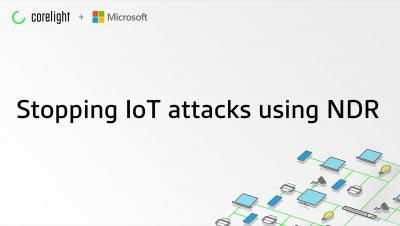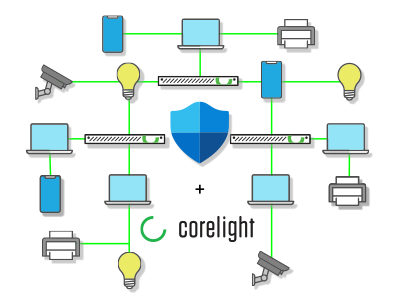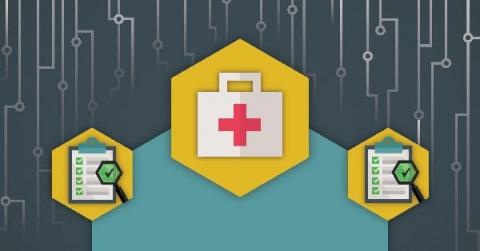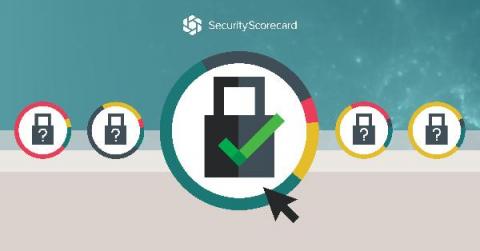Security | Threat Detection | Cyberattacks | DevSecOps | Compliance
IoT
The Top Business Technology Trends for 2021-2022
With the new year just around the corner, the world of business is set to see great change. From 5G and the Internet of Things to the blockchain, new technology trends are creating a digital transformation for companies on a global level. In this article, we’ll take a look at the latest trends in technology to keep an eye out for in 2022 and beyond.
Corelight & Microsoft Defender for IoT: Through an XDR lens
What is the XDR paradox? It’s the hottest term in security but there is no consensus yet on the right definition. Why is that? Many organizations have deployed EDR and are benefiting from it, but also looking to the gaps that EDR can’t address such as unmanaged / compromised devices or network-centric TTPs. Likewise, many vendors of EDR/SIEM products have realized they have the same general workflow (analyze data, present an alert, triage it, etc).
Microsoft + Corelight partner to stop IoT attacks
When you hear the term “Internet of Things,” (IoT) do you picture home devices like lightbulbs, smart assistants, and wifi-connected refrigerators? Perhaps you think of enterprise devices like video conferencing systems, smart sensors, or security cameras? Or maybe traditional office equipment like VoIP phones, printers, and smart TVs come to mind. No matter what devices you imagine, IoT represents an ever-expanding attack surface.
Our Answers to the 7 Questions SRM Leaders Should Ask OT Security Providers
5 Common Cybersecurity Vulnerabilities in the IoMT
Have you been to the hospital lately? If so, you’ve probably been attached to at least one medical device with at least some sort of internet access. According to Cisco, the average hospital room has, on average, 15-20 connected devices, with an average of 6.2 cybersecurity vulnerabilities between them.
8 Ways to Secure the Internet of Medical Things (IoMT)
Connected devices offer healthcare providers ways to remotely monitor patient health. Additionally, hospitals use these devices for enhanced patient care, including medication delivery and vitals monitoring. However, malicious actors often use unsecured IoMT as part of their attack methodologies.
IoT Devices Built to Meet Cybersecurity Needs
The Internet of Things (IoT) includes items such as smart appliances, smartwatches, and medical sensors. For organizations to enjoy all of the benefits and convenience of IoT devices, enterprise customers must fully understand the potential risks and threats to their systems and the underlying data. IoT devices often lack built-in security controls, a situation which creates risks and threats for federal agencies and consumers.
What is IoT Security? 6 Ways to Protect Your Devices
The Internet of Things (IoT) is a growing concern for today’s digitally-focused businesses. Every connected device you own can add another security concern to your list. If it collects and stores personal information and data, you’ve just added another attractive target for criminals to access your network. In fact, 57% of IoT devices are vulnerable to medium or high-severity attacks.










